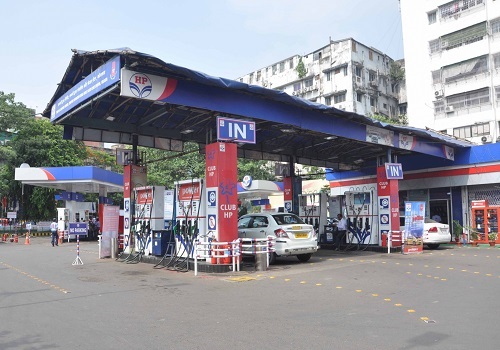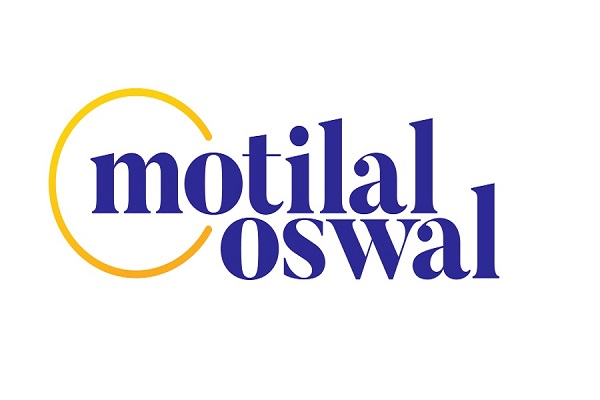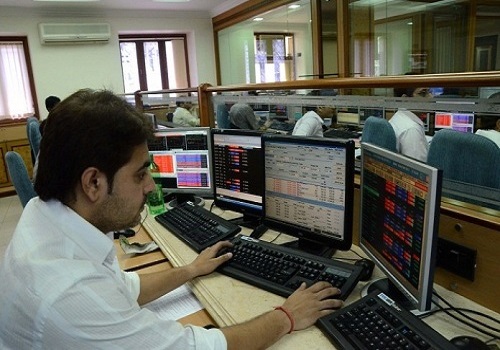Quote on Debt Outlook by Puneet Pal, Head Fixed Income, PGIM INDIA Mutual Fund

Below the Quote on Debt Outlook by Puneet Pal, Head Fixed Income, PGIM INDIA Mutual Fund
Increased liquidity marks end of financial year
Fixed Income Commentary March 2025
The last month of the financial year was all about the proactive stance of the Reserve Bank of India (RBI) towards liquidity management. The RBI continued with its Open Market Operations (OMO) purchases along with Forex (FX) swaps to increase liquidity in the banking system, infusing over INR 5 lakh cr of durable liquidity in the Jan-March 2025 quarter. This is over and above the INR 1.13 lakh cr of liquidity infused through the Cash Reserve Ratio (CRR) cut in December 2024. The RBI also announced incremental OMO purchases of INR 80,000 cr for April. This liquidity infusion will lead to both daily and structural liquidity turning positive in the banking system. Consequently, bond markets in India are now discounting a deeper rate cutting cycle in India along with positive structural liquidity. The joker in the pack remains the short position of the RBI in USD forwards of around USD 89 bn as of February and its unwinding.
The month started with some moderation in the PMI numbers as the composite Purchasing Managers Index (PMI) numbers came at 58.8 compared to the previous month’s 60.6. Consumer Price Index (CPI) inflation eased to 3.61%, lower than the market consensus of 3.98%, primarily led by lower vegetable prices. Overall food CPI inflation slowed to 3.7% which is the lowest since June 2023. Core CPI inflation inched higher to 4% from 3.8% - the first time after almost 5 years that core CPI inflation came in higher than the headline inflation, which itself is likely to remain contained below 4% on benign food prices. January’s Index of Industrial Production (IIP) came in higher than expected at 5%, driven by a pick-up in mining and manufacturing, as well as capital goods showing a healthy 8% growth.
A new series of IIP is going to start next year and that is likely to be more representative and more useful analytically compared to the current series. The goods trade deficit for February narrowed to USD 14bn and the services trade surplus rose to USD 18.5bn as the overall trade balance turned into surplus. Imports were lower by 16.30% (YOY) and Exports fell 10.90% (YOY). This trade surplus of USD 4bn is the first surplus since May 2021. The Q3FY25 current account deficit came in at 1.1% (USD 11.50 bn) on a narrowing goods trade deficit supported by services trade surplus and remittances. This compares favorably to Q2FY25 CAD at USD 16.70 bn and 1.80% of GDP. The capital account was at a deficit of US$27 bn in 3QFY25 due to outflows in Foreign Direct Investment (FDI), Foreign Portfolio Investment (FPI), and banking capital, leading to a record-high Balance of Payments (BOP) deficit of US$38 bn.
Bond yields moved lower across the curve with the 10yr benchmark bond yield ending FY25 at 6.58%, down 15bps during the month. The yield curve steepened in the 5-10yr maturity segments whereas it flattened in the 10-30yr maturity segments. On an absolute basis, the longer end of the curve outperformed as yields dropped by 20bps in that segment.
Money market yields also came down towards the end of the month with 1yr maturity CDs (Certificate of Deposits??) trading around 7.25%, down 40-45 bps on the month. Overnight Index Swap (OIS) yields also came down across the curve reacting to the liquidity infusion by the RBI with the 1yr and the 5yr OIS yield down by 21bps and 10bps respectively.
Globally, US bond yields were stable though European Bond Yields hardened as Germany announced enhanced spending on defense and infrastructure by relaxing its fiscal deficit targets.
We expect another rate cut by the Monetary Policy Committee (MPC) in its April meeting. The liquidity infused by the RBI will turn the durable liquidity into surplus and depending upon the pace and extent of government spending, the Standing Deposit Facility (SDF) (which is 25bps below the repo rate) rate can become the operational rate at times. Thus, we expect the belly of the curve (5yr-10yr) to outperform going ahead. We expect the benchmark 10 yr bond yield to trade in a range of 6.35% to 6.55%. over the next couple of months.

Above views are of the author and not of the website kindly read disclaimer























.jpg)